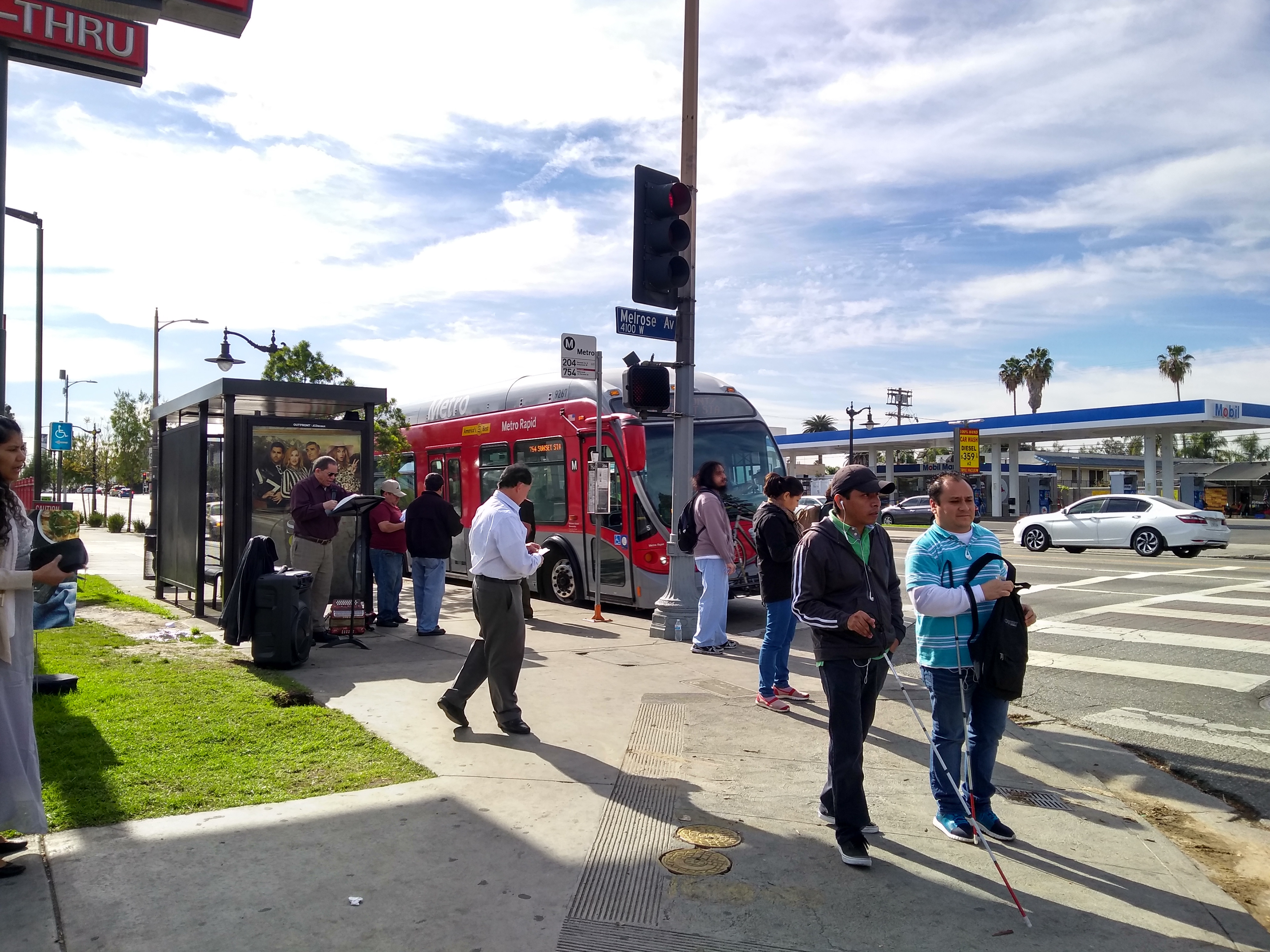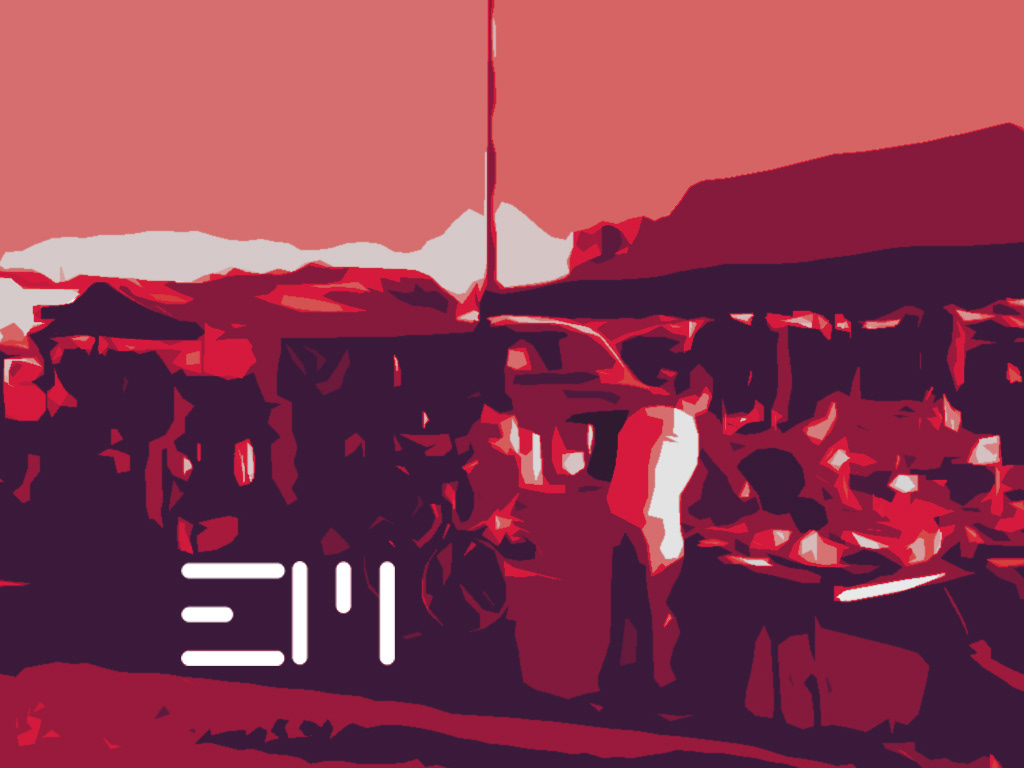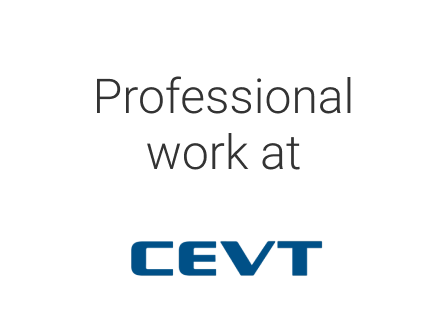Design of an inclusive system at the grass-root level to make people valuable stakeholders of the system in order to increase their agency to meet their transportation demands and needs.
Thesis Project 2018
How did I arrive at this topic?
In August of 2017, there was hurricane 'Harvey' which hit most of the southern parts of the United States. I happened to be in Austin at that time and became a part of that entire situation. I saw people frantically standing outside the gas stations to fill up their cars, so that they could reach where they want to be. That made me think how people are dependent on their cars and I, on the other hand, did not have a car and that made me think how inequitable our transportation actually is.
I thought about it, read about it and finally understood that the reason why transportation is inequitable is because it works in an undemocratic economy.
The project in under a minute:
Now in detail...
What is de.moc.ra.cy?
Democracy is a stage when the control of an organization is by the majority of its members.
What is transportation democracy?
A change in the majority's choice creates a scenario where potential for movement is equitably distributed which means people's mobility options are not dictated or restricted by any external non-natural agency.
Why current transportation is undemocratic:
My literature review indicated that the late capitalist economy today has a private control over it, which leads to policies that benefit private interests and sometimes mismatches with society's interests causing an undemocratic version of transportation.
In the case of Los Angeles, this manifests in the form of:
The Los Angeles city is planned around cars and therefore relying on cars to reach to a destination is inevitable. This creates a dependency on cars. The cars, however, comes with a certain cost such as insurance, fuel, maintenance, fines and so on. The people who have less financial capital find it difficult to own a car but they cannot get rid of it either. They are in a fix.
This situation creates a lack of equitable access to economic opportunities that the city provides which leads certain people, often those at the bottom of the economic ladder, out of the main economic system.
But a change is possible...
The literature review also indicated that bringing a social change or empowerment in people can fulfil society's interests, creating an increased democracy in transportation.
Increased democracy is possible only when the democratic principles are employed. The key democratic principles are:
The democratic principles employed are inclusiveness and choice, having equity and transparency and distributed control of power. But...
How can we empower people? (in the context of transportation)
First, by reducing the barriers - dependency on one form of transportation itself is a barrier.
Second, by reducing liabilities - having to be dependent on a form of transportation comes with its own barriers. In Los Angeles, people are dependent on cars which creates liabilities such as contributing to the traffic, having to have a driving license and also the cost of ownership and maintenance of the vehicle.
Third, by increasing the mobility capital - mobility capital are those assets, such as mode, money, infrastructure, which enable one to move.
Doing these three increases one's potential for movement. Together with an increase in the collective agency of people in the system, it is possible to empower people in transportation.
The solution
A platform to bring social change by incentivising people to become ‘prosumers’ (someone who produces and consumes) than mere consumers.
A platform which
How did I get to this solution?
The literature review concluded in several research questions, which led to the primary research.
Research question
What social change needs to occur in order to increase transportation democracy?
Research Approach
A multi-strategy research approach with sequential exploratory character was followed for the primary research. Qualitative data collection, with a focus on contextual meanings, is given more importance followed by supportive quantitative data. Conducted preliminary site visits and contextual inquiry. Did unstructured interviews to understand people's perceptions and opinions. Used KJ method for synthesis of the data.
Site
East Hollywood neighbourhood is considered as a context for this project since it is a location where low-income people are in majority and living in high density.
East Hollywood in Los Angeles. Site for primary research.







The people in East Hollywood are mostly of the low-income category. They live in either small rented single family homes or low end apartments. Most of them work within a 4 mile radius. They are dependent on cars and use public transit only when the proximity allows.
Three key insights
1. The strengths of community need to be leveraged and converted to stakeholders to have a secure and stable system.
2. Access to transportation/job should not be connected to money.
3. Area specific transportation units serve better to local demands and needs. Integrating such modular units will improve seamlessness.
Design brief
Design an inclusive system at the grass-root level that makes people valuable stakeholders of the system to increase their agency to meet their transportation needs and demands.
Ideation
Based on the insights and the design brief, ideation and research were done. Several ideas at the system level were generated. At a later stage, these ideas were combined to create key directions.
Directions
One- the communities could be interconnected to share key resources, creating a self-sustaining chain. Second- using a credit system to cut down marginal social cost generated by vehicles and third- beginning a 'prosumer' culture.
How can we build a system for the people at grass-root level?
Doing further ideation and research to build a system at the grass-root level, I came across Jeremy Rifkin's Third Industrial Revolution, which became a turning point for this project. It said:
“The internet communication technologies, which manage the renewable energies, increase the capability of every human being to be his or her own source of power. When these individual sources of power are interconnected through a continental energy grid, there occurs the beginnings of a more democratized and just society.”
Jeremy Rifkin
Third Industrial Revolution
Further ideation had to be done to find a solution for creating 'individual sources of power'. After more research, it was realised that solar energy is the key to this problem.
The answer is in Solar energy
Solar energy has several qualities that enables us to create 'individual sources of power'.
First and foremost, solar energy can be locally produced, and therefore, it can be locally controlled. Since an individual can produce their own energy, it can be considered as the first step to prosumerism. Solar energy enables one to go off-grid. Everyone has equal share of sunlight and there is ubiquitous availability of solar energy.
Introducing...
E Mile : Energy to Miles
Converting your solar potential to miles travelled
Lily's current East Hollywood life...
Lily is a person very typical to East Hollywood. She earns about $30,000 per annum and belongs to the low-income category. Lily travels about 11 miles a day for her work. She has to own a second hand car to do this commute because Los Angeles does not offer any other choice of modes. Even if there is any, there is inadequacy in last mile access to those modes.
These are the problems Lily and, perhaps many of us, face in our daily life. But these obstacles can be converted in to opportunities through E Mile.
Obstacles to opportunities in 3 simple steps...
System demonstration (video)


Putting E Mile in perspective...
Earlier, Lily used to spend about $750 a month for her travel and household energy, whereas with E Mile, she just have to spend $65 a month per household and that covers the entire family. This is an actual 25% reduction from her previous expenditure.
Lily's neighborhood, now has a Transit- Oriented Development (TOD) status since there is last mile connectivity to the nearest public transportation. That means, Lily has more choice of modes for her commute and also has access to them.
Lily used to feel powerless earlier, since she could not do much to change the system and the problem she faced. But now, through E Mile, she is given an agency as part of the system because the system works because of her and for her. Also, now she is contributing to a sustainable system.
System map
Stakeholder benefits
Service blueprint (click to zoom)
This blueprint shows the various interactions, touch points and processes from requesting a ride to its completion.
System deployment:
Operational expenditures and returns (per month)
A per month operational expenditures and returns were calculated to understand the economic viability of the E Mile system.
From the calculation it is noted that the returns are about 20% more than the expenditures, hence, the system is economically viable.
Deployment strategy + business canvas
Conclusion
It is imperative to move away from the undemocratic forms of transportation.
E Mile system is an alternative method of travelling which will empower people with increased physical, financial, spatial, social, technological and informational access and freedoms.
Let’s create a lasting change!
Presenting E Mile at ArtCenter GradShow Summer '18
The project report
All images, maps and diagrams are Copyright of Gautham Rajaraja Varma. Proprietary and protected under Federal Law.











